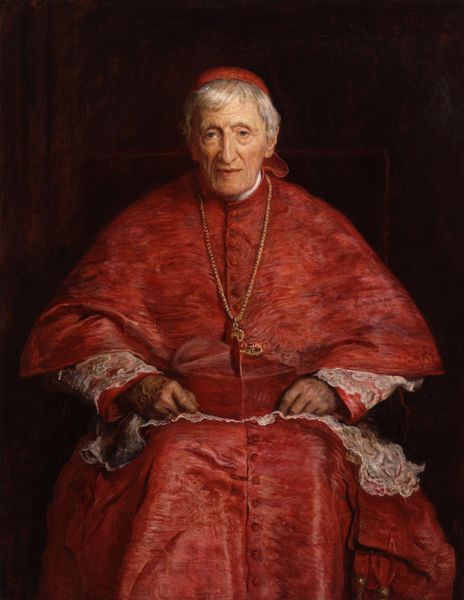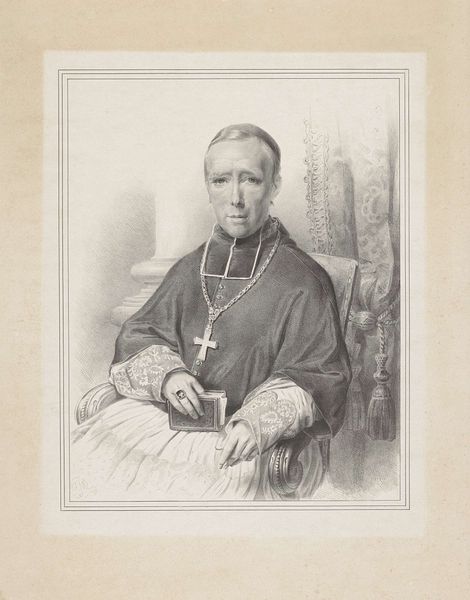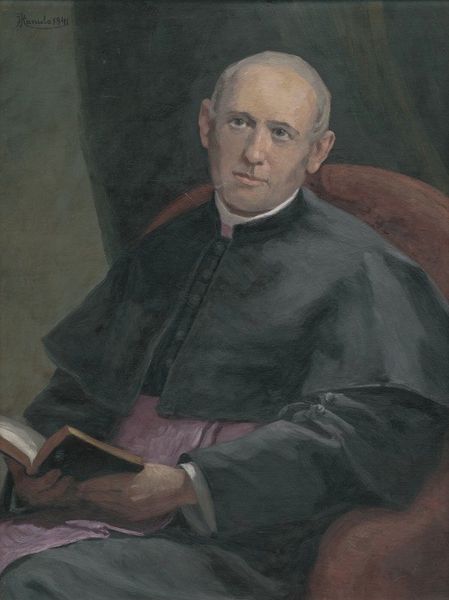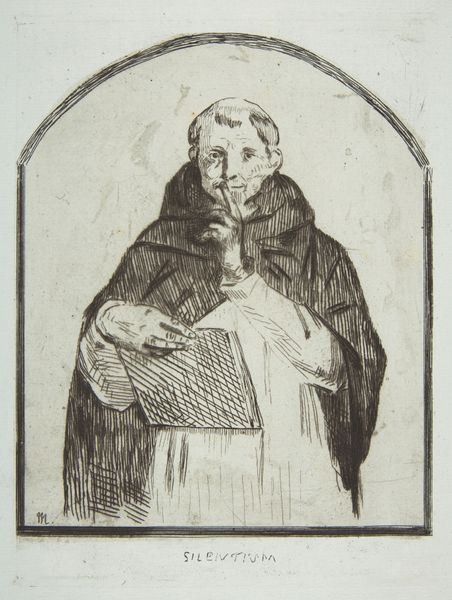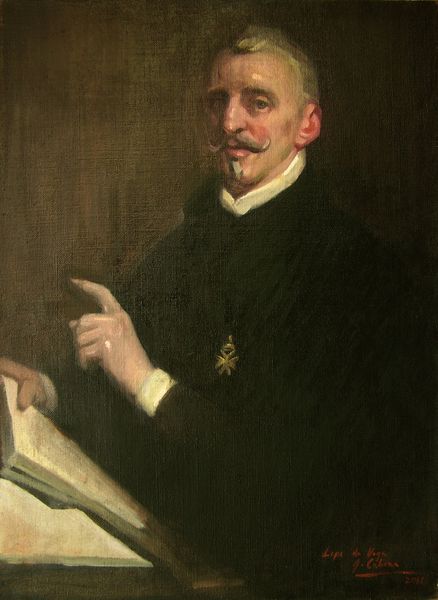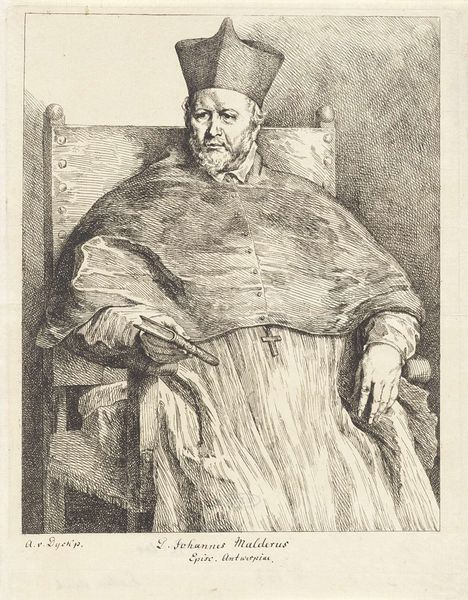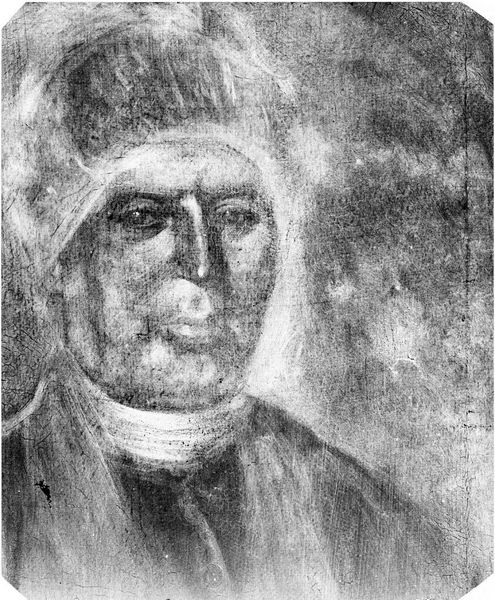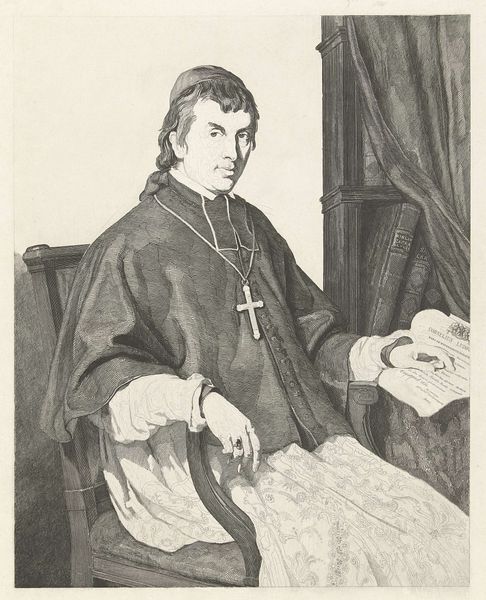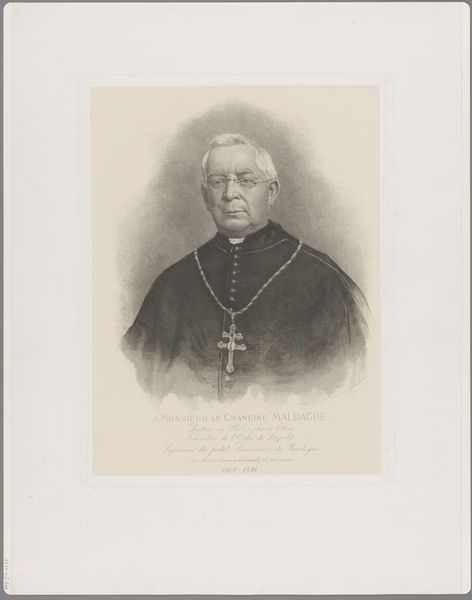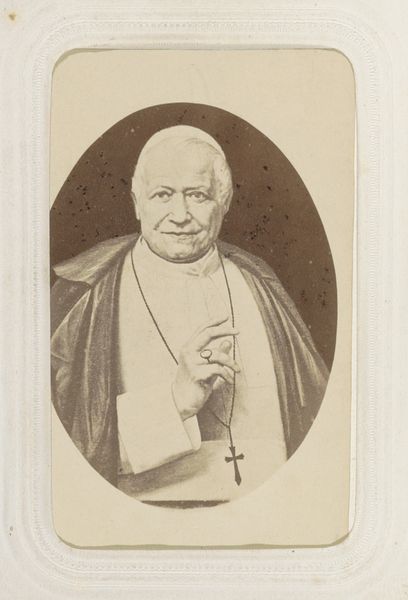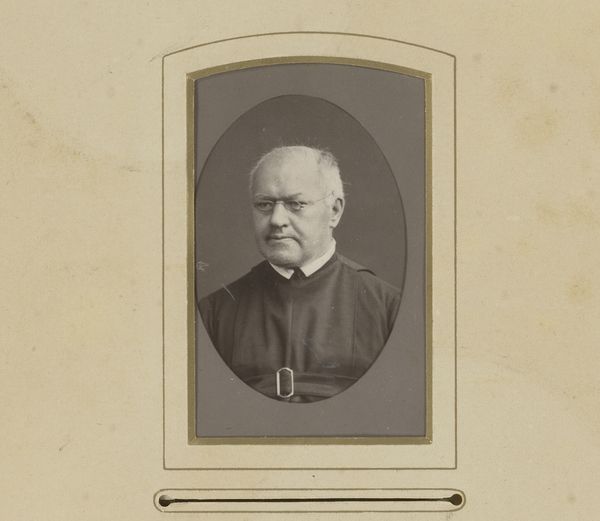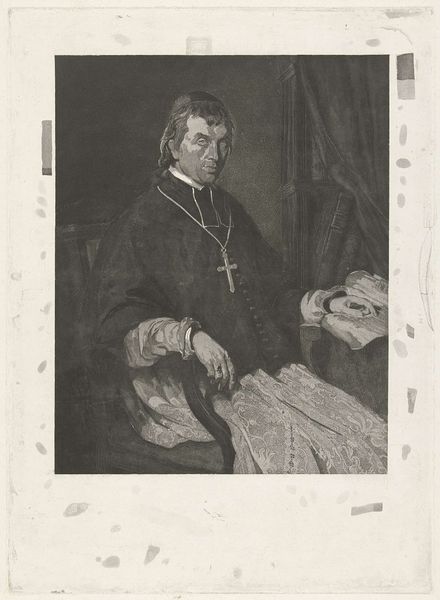
oil-paint
#
portrait
#
gouache
#
16_19th-century
#
oil-paint
#
oil painting
#
history-painting
#
academic-art
#
realism
Copyright: Public domain
Curator: This is Thomas Eakins' 1876 portrait of Archbishop James Frederick Wood. Look closely at the material reality, the oil on canvas itself, to really begin to see its complexities. Editor: He looks…tired. Like he’s carrying the weight of a whole diocese on his shoulders, poor soul. And the light, it's almost like it's reluctantly illuminating him. Curator: Exactly! Eakins' realism extends beyond mere representation. We can consider the socioeconomic dynamics within the Philadelphia Catholic community for which Wood was ultimately responsible. It really permeates through the artistic production, too. Editor: Oh, absolutely. You can see the care in the details of his garments – the lace, the subtle gradations of color. Someone put a lot of labor into creating that, just as someone devoted their life in service to their parishioners. Though... that lace almost looks like it's floating there, detached somehow. Is he even holding it? Curator: It's important to consider that it may also signify the vast consumption habits of the Archdiocese within Philadelphia during this period, where there was some intense local conflict around religious authority and what constitutes proper religious iconography. But look, the use of oil paint here allows Eakins to create a palpable texture. It almost feels like you could reach out and touch the fabric, feel the weight of the vestments. Editor: I can almost smell the incense and old wood of a cathedral, if I really let my mind wander, I just have a feeling Wood was not an entirely trustworthy sort. He gives that off here, subtly but strongly. Curator: Consider the process: from the preparation of the canvas to the application of the final brushstrokes. Each stage represents a deliberate choice. And this portrait, of this clergyman, now lives inside of the American story, as we now look back at it with our own unique gaze. Editor: Well, I’ve certainly been thinking. And I am left with an echo of the past. You're just struck with that profound stillness, as if Eakins somehow caught Wood right between heartbeats. Curator: Right. The social and material circumstances give insight into his life. It certainly does make you reflect.
Comments
No comments
Be the first to comment and join the conversation on the ultimate creative platform.

